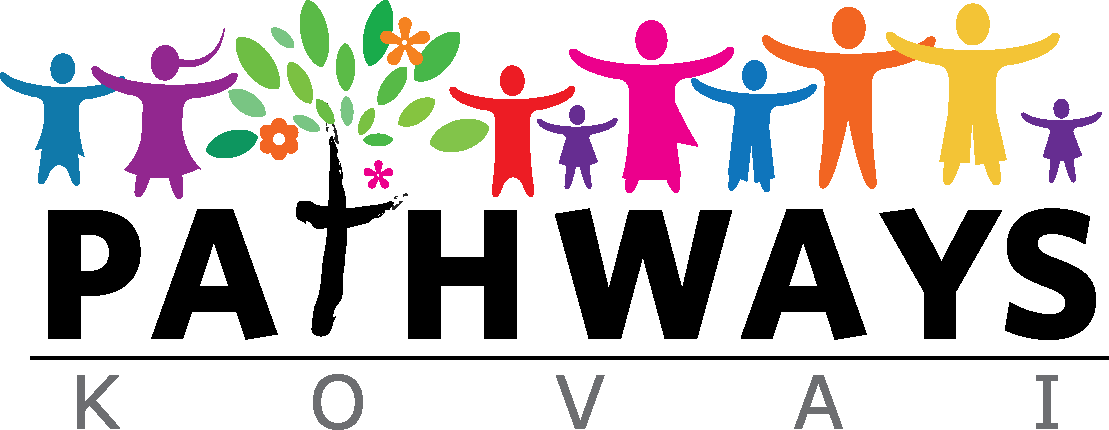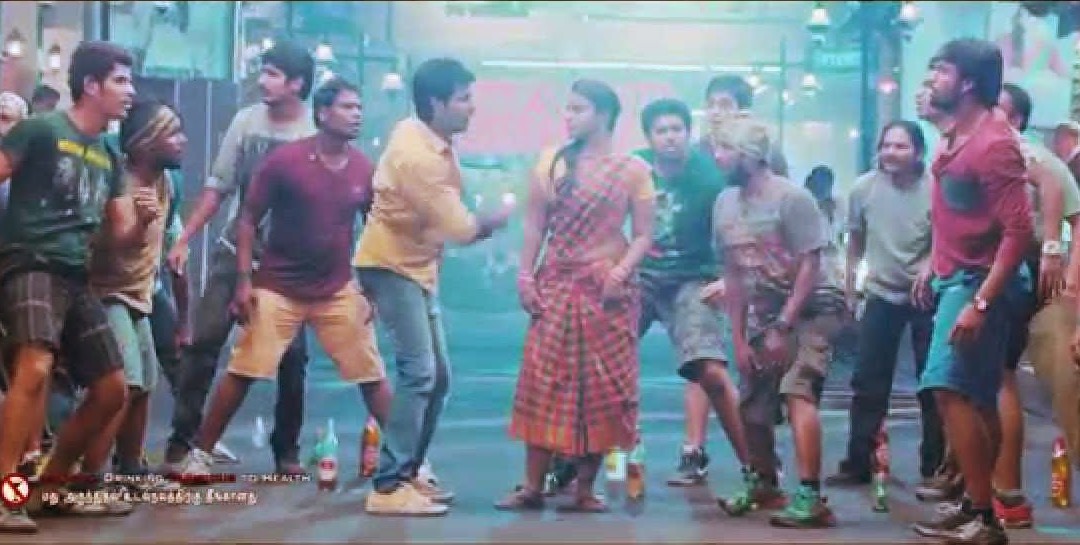Teen years are the time when they are trying to form identity and fit in with their peers. They face immense pressure from school and family to perform well academically as getting into professional courses is very difficult. They are also worried about disappointing themselves and their parents. They may also be experiencing turmoil in romantic relationships and friendships.
Developmental factors
As we saw in the previous post their brains are going through a lot of changes at this time that makes them more impulsive than adults and can undertake risky behaviours without thinking about consequences. Drugs and alcohol work quickly. The initial effects feel really good. Teenagers turn to substance use because they see it as a short-term shortcut to happiness. Many shy teenagers who lack confidence report that they’ll do things under the influence of alcohol or drugs that they might not otherwise. Under the influence they have the courage to dance, or sing at the top of their voice or act confidently towards girls as alcohol and other drugs tend not only to loosen inhibitions but to alleviate social anxiety. There is also a social excuse that if they did anything or say anything stupid, others would think that it was because of too many drinks. Another factor that could play a role would their inability to differentiate between fact and fiction. Their brain convinces them that the inaccurate information about alcohol that they have gained from friends cannot be wrong.
Family factors
According to the American Academy of Child and Adolescent Psychiatry, teenagers who have family members with a history of substance abuse are at risk for alcohol and drug abuse. If the teen has grown up in a household where one or both parents abuses alcohol, it might seem normal or an acceptable behavior to him. He also has more access to alcohol if his parents are drinking. Of course, the opposite can occur. A teen can be hurt and disgusted by his parents alcohol abuse, and refuse to follow that path.
Depression
Some teens have a hard time coping with the stress of being a teen. In India it seems to be mostly academic. This can lead to feeling anxious and depressed and when they cannot find healthy outlet for their frustration or a trusted confidant, they may turn to chemicals for solace. On the other hand they can find other ways of coping with stress by talking to their friends, elders, by playing sports or by writing in a journal.
Peer pressure
This can be one of the major factors in developing a drinking habit. Teens who are around others who drink are more likely to start drinking. This can happen in the setting of parties or so called ‘treats’ for birthdays and other occasions.
Easy availability of alcohol
This factor probably should be on the top. This is one major factor that cannot be ignored in our present society. The availability of all forms of alcohol very easily with regulations not strictly followed makes it easy for young people to access alcohol. This was quite evident from the news about the teen school girl found drunk in Coimbatore recently. Another common place to obtain alcohol is at home. Although this may not be as prevalent as in the west it is becoming increasingly so in Indian households.
Popular media
Alcohol is the most prominent substance and beverage portrayed in media consumed by young people. This is not only in the west but also in India. Most popular Tamil movies that are pitched at youth contains at least one song in which the hero gets drunk, sings and dances for a highly catchy tune (kuthu song). In the story line it is portrayed as a result of love failure mostly or as a party or celebration. A number of studies have looked at the influence of media on teenage drinking. It is widely acknowledged that there is a positive correlation between adolescents’ exposure to alcohol advertising and an increased propensity for them to drink. Our movies do not have strict rating as in the west. But even in the west there is no rating for alcohol exposure in movies. I have witnessed children as young as one or two years old, watching adult centred movies which have no restricted ratings. Barring a statement which warns of drinking or smoking during such scenes there is no other regulation. Gone are the days when principled actors would never been seen smoking or drinking in movies.
There are no statistics available for Indian youth regarding media and influence of alcohol. In a study of 15-year-olds in the U.K., by Waylen et al, those who had been most exposed to alcohol use in films were at higher risk of alcohol use and alcohol related problems. Waylen and her coauthors analysed data from another long-term study of children born near Bristol between 1991 and 1992, who were followed periodically from birth. At age 15, more than 5,000 of the kids completed a computer-based interview, assessing whether they had seen 50 randomly selected popular contemporary movies. Researchers had coded how many seconds of alcohol use appeared in each film, and totalled the amount each kid had seen based on their answers. The computer interview also included questions about personal history of alcohol use, current use, binge drinking and alcohol related problems with school, work or the police. It asked kids about their smoking habits, peers’ drinking habits and questions that measured “sensation seeking.” The researchers also tried to account for parental drinking habits and traits, socioeconomic factors over the child’s entire lifetime such as housing stability and financial difficulties, as well as diagnoses of attention deficit disorder or other mental health issues. With those kinds of factors considered, the kids in the highest film-drinking exposure group were about 20 percent more likely to have tried alcohol than the lowest-exposure group. The kids with the highest film-drinking exposure were about twice as likely to use alcohol weekly, to binge drink and to have had alcohol-related problems than those in the lowest exposure group, as reported in Pediatrics (http://pediatrics.aappublications.org/content/early/2015/04/08/peds.2014-2978 )
Dr K Porpavai


Recent Comments